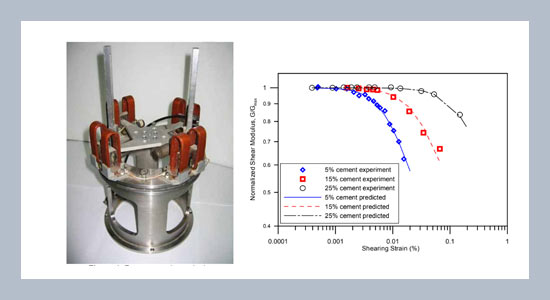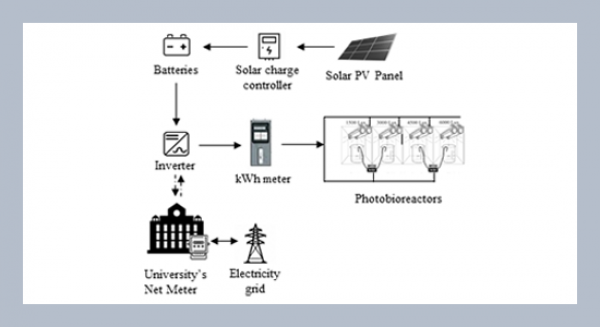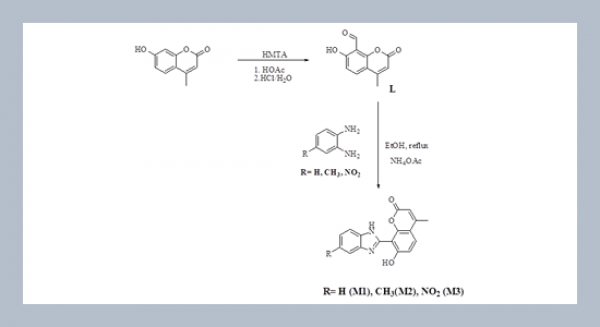Pei-Hsun Tsaia,* and Sheng-Huoo Nib a Department of Construction Engineering, Chaoyang University of Technology, 168 Jifong E. Rd., Wufong District, Taichung, Taiwan
b Department of Civil Engineering, National Cheng Kung University, No.1 University Rd., Tainan, Taiwan
Download Citation:
|
Download PDF
The variation of dynamic properties of soils (shear modulus and damping ratio) as a function of shearing strain is an important input for solving geotechnical problems involving dynamic loading. In this paper, the dynamic properties of cement stabilized soil were studied using resonant column test. Three types of stabilized soil were studied. They are cement stabilized soil, slag cement stabilized soil, and cement with sodium silicate stabilized soil. The amount of cement admixed, the magnitude of confining pressure, and shearing strain amplitude were the parameters considered in this study. Test results show that the maximum shear modulus of cement stabilized soil increases with increasing confining pressure, the minimum damping ratio decreases with increasing confining pressure. However, the relationship between the maximum shear modulus and the confining pressure varies with the type of additive. The shear modulus of cement stabilized soil decreases with increasing shearing strain while the damping ratio increases with increasing shearing strain. The relationship of shear modulus versus shearing strain was fitted into the Ramberg-Osgood equations using regression analysis. The results also indicate that the cement with sodium silicate stabilized soil is able to sustain larger shearing strain before stiffness degradation occurring than other types of additive.ABSTRACT
Keywords:
Cement stabilized soil; resonant column test; shears modulus; damping ratio.
Share this article with your colleagues
REFERENCES
ARTICLE INFORMATION
Received:
2012-01-19
Revised:
2012-05-11
Accepted:
2012-05-22
Available Online:
2012-06-01
Tsai, P.-H., Tsai, Ni, S.-H. 2012. Effects of types of additives on dynamic properties of cement stabilized soils. International Journal of Applied Science and Engineering, 10, 131–144. https://doi.org/10.6703/IJASE.2012.10(2).131
Cite this article:















